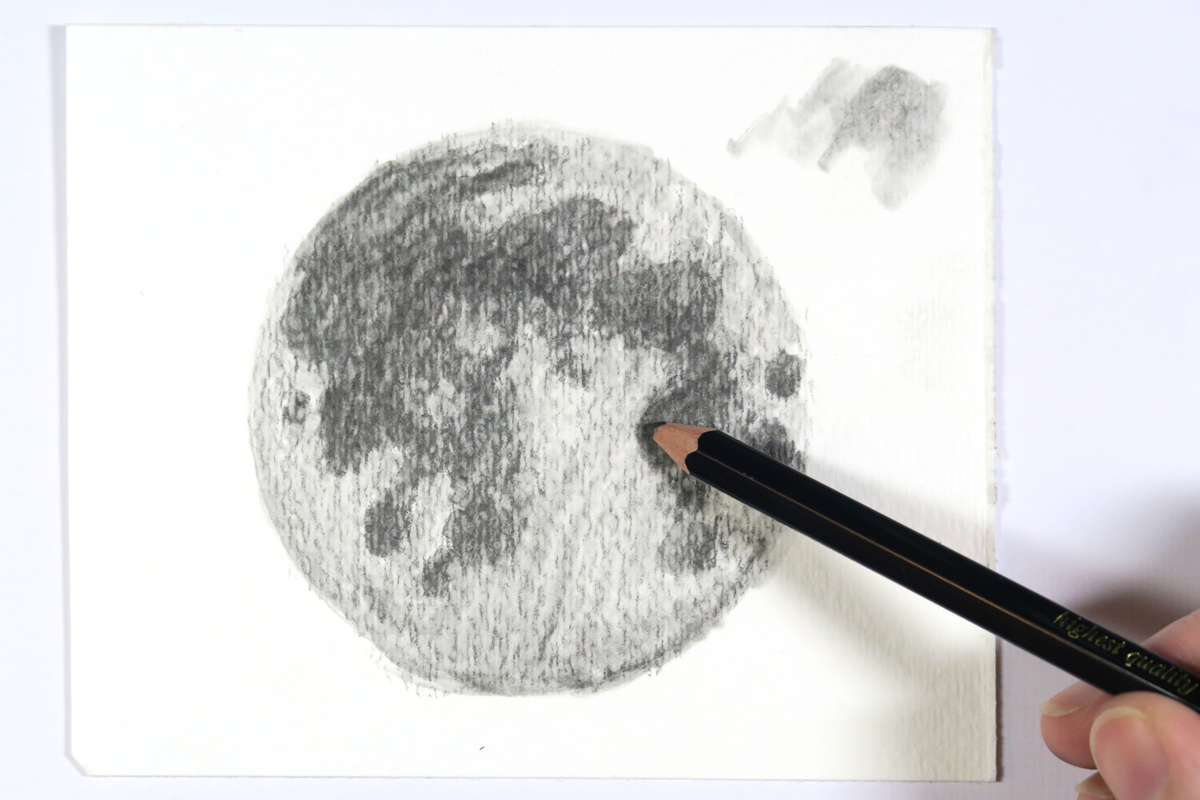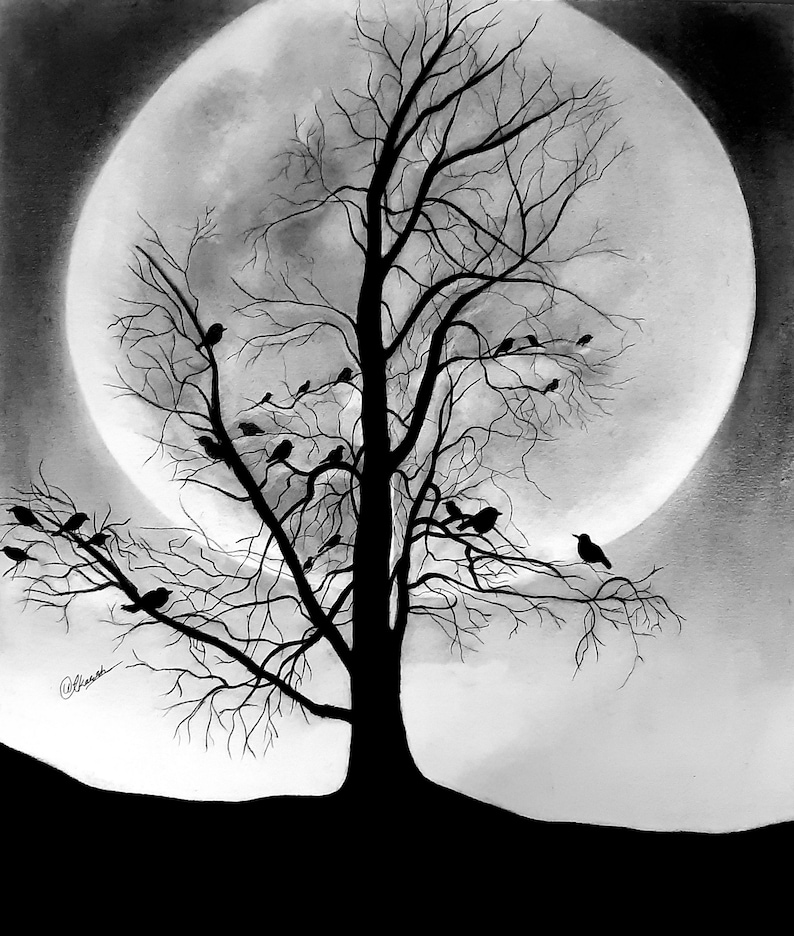


However, it takes our Moon about 29.5 days to complete one cycle of phases (from new Moon to new Moon). This is called the sidereal month, and is measured by our Moon's position relative to distant “fixed” stars.
#Moom drawing full#
It takes 27 days, 7 hours, and 43 minutes for our Moon to complete one full orbit around Earth. How long does it take our Moon to go around Earth? But two to four times each year, a full Moon occurs when the Moon's orbit intersects Earth's plane of orbit, placing the Moon in Earth's shadow - and a lunar eclipse occurs! No eclipse occurs during these full Moons. This means that most of the time the Moon is slightly above or below Earth's plane of orbit - and out of the shadow cast by Earth where it blocks the Sun's light. The Moon's orbit around Earth is tilted a little, or “off kilter” by about 5 degrees to the Earth's orbit around the Sun. Second, the Moon has to pass through Earth's shadow. First, the Moon has to be full, so there is only an opportunity for a lunar eclipse about once each month. However, two things have to happen for a full lunar eclipse.

Pictures of the Moon's phases often make it look like there should be a lunar eclipse during each full Moon and a solar eclipse during each new Moon. No matter where on Earth an observer is, however, the phases of the Moon occur at the same time. In the southern hemisphere, illumination of the Moon increases from the left to the right side in the waxing phase and the dark part increases in coverage from left to right in the waning phase, which is opposite of the northern hemisphere. Finally, the Moon returns to its position between the Earth and the Sun, and on Earth we observe the new Moon again. As it passes the full Moon stage, the amount of illumination decreases - or wanes - from right to left.

A full Moon occurs when the Moon has moved in its orbit so that Earth is “between” the Moon and the Sun.īetween the new and full Moon, the amount of Moon we see grows - or waxes from its right side toward its left side. As our Moon continues its orbit counterclockwise around Earth (viewed from above the north pole), more and more of the illuminated part of the Moon becomes visible to us, until it reaches the “full Moon” stage. From Earth, the Moon's surface looks dark because the illuminated side is facing away from Earth. We have a “new Moon” when our Moon's orbit around Earth moves it between Earth and the Sun. Starting with the dark new Moon, we see the light part of the Moon “grow” from a sliver to a half to a full Moon - and then the illuminated part decreases, becoming thinner until there is no visible Moon in the sky and we are at the new Moon part of the cycle again. What we see from Earth, however, is a different story. The relative positions of our Sun, Earth, and Moon, cause these changes.Īs our Moon orbits around Earth, the side facing the Sun is always illuminated, just like Earth's daylight side is illuminated by the Sun. Our Moon's shape doesn't really change - it only appears that way! The “amount” of Moon that we see as we look from Earth changes in a cycle that repeats about once a month (29.5 days).


 0 kommentar(er)
0 kommentar(er)
